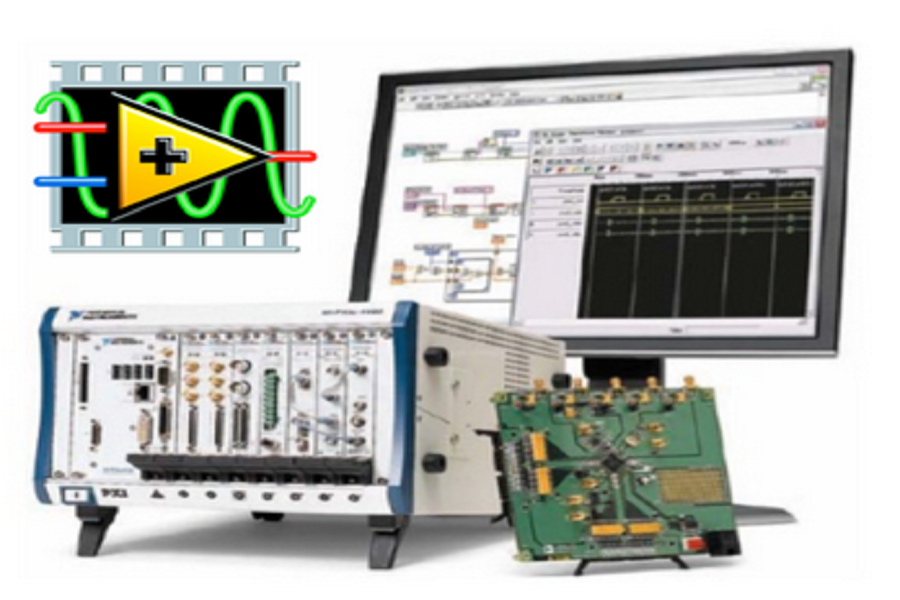 Automation Research & Embedded Technologies
Certificate Verification
Automation Research & Embedded Technologies
Certificate Verification
 Automation Research & Embedded Technologies
Certificate Verification
Automation Research & Embedded Technologies
Certificate Verification

"LabVIEW is a graphical programming environment that provides unique productivity accelerators for test system development, such as an intuitive approach to programming, connectivity to any instrument, and fully integrated user interfaces."
admission formCourse Title:
NI LabVIEW programming
Course Duration:
15 Days
Total No. of seats:
10 seats
Prerequisites:
Basic understanding of electrical systems, automation, and control systems.
Course Fee: BDT 7000.00
NI LabVIEW programming Course Syllabus
Tutorial 1: Introduction to LabVIEW and Arduino with LINX - Overview of LabVIEW and Arduino integration - Installing the LINX Toolkit for LabVIEW - Setting up communication between LabVIEW and Arduino - Creating a simple program to blink an LED using LabVIEW # Objective: Set up the environment and establish basic communication between LabVIEW and Arduino. Tutorial 2: Digital I/O Control with LabVIEW and Arduino - Controlling Arduino’s digital pins via LabVIEW - Turning LEDs on/off from LabVIEW using digital output - Reading digital inputs (e.g., push buttons) in LabVIEW - Creating an interactive interface to control multiple LEDs and read button states # Objective: Control digital I/O pins and interact with LabVIEW’s graphical interface. Tutorial 3: Analog Input and Sensor Reading - Reading analog inputs from sensors (e.g., potentiometer, temperature sensor) via Arduino - Displaying real-time sensor data in LabVIEW - Visualizing data using LabVIEW charts and indicators - Calibrating sensor values and applying simple data processing in LabVIEW # Objective: Interface analog sensors with Arduino and display sensor data in real-time in LabVIEW. Tutorial 4: PWM Control for LEDs and Motors - Using PWM to control the brightness of LEDs via LabVIEW - Controlling the speed of DC motors with PWM signals from Arduino - Implementing sliders in LabVIEW to adjust PWM duty cycle in real time - Experimenting with different PWM frequencies for smooth control # Objective: Learn to control PWM-enabled devices like LEDs and motors using LabVIEW. To be continued soon... ... ... .. . * Certification of course completion.Get the certificate